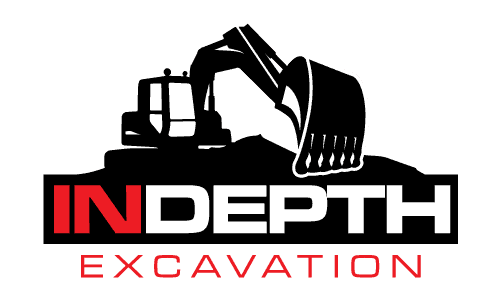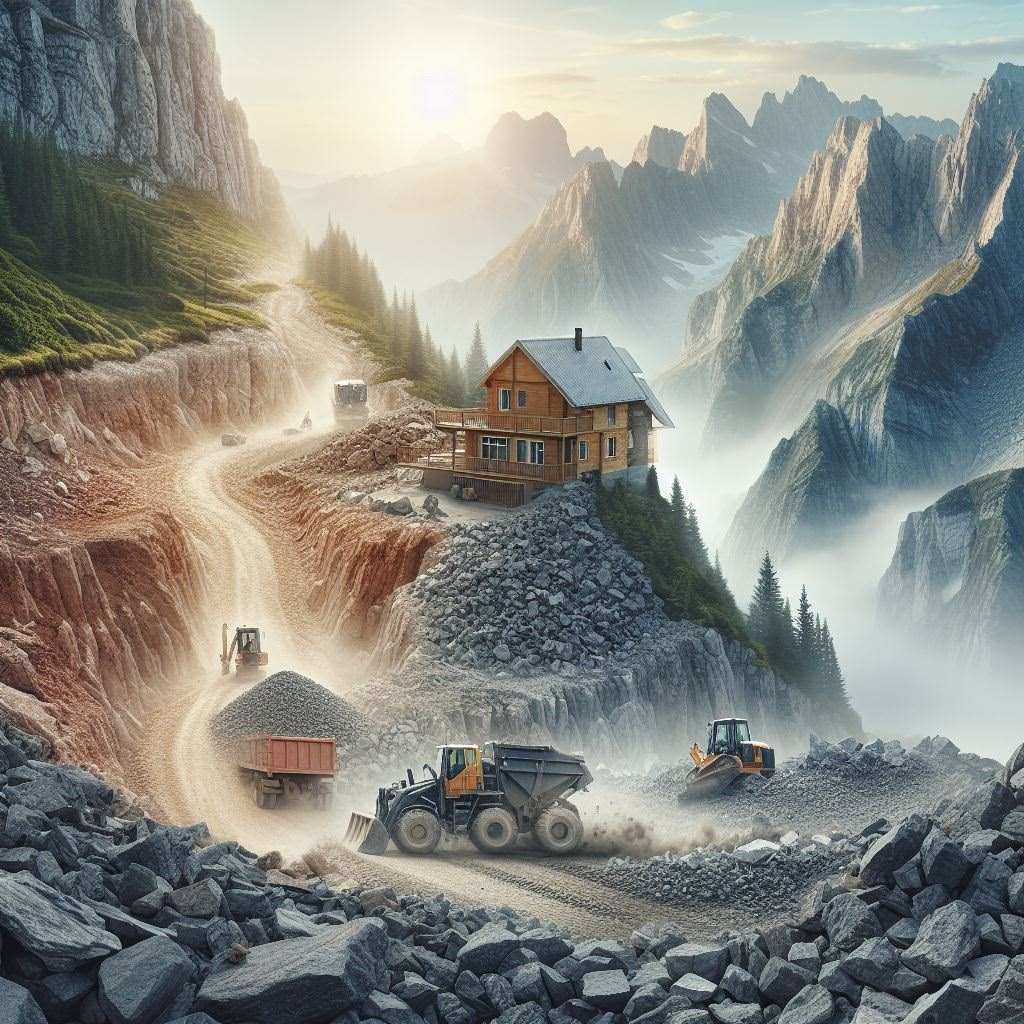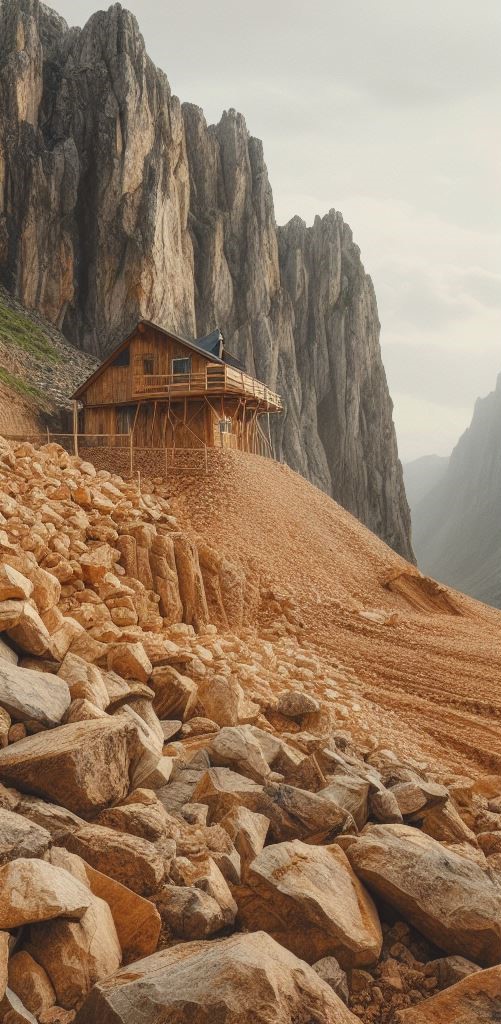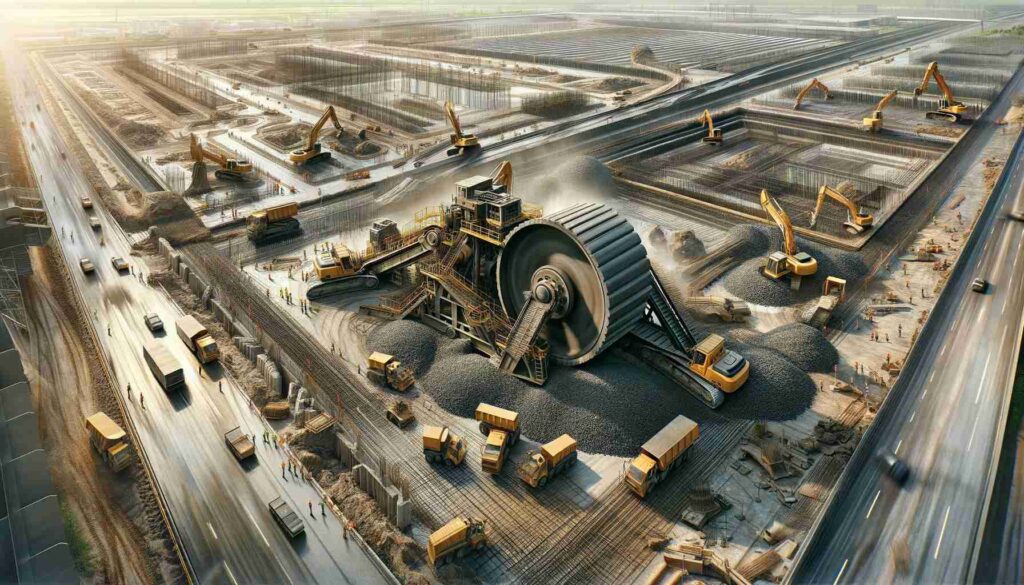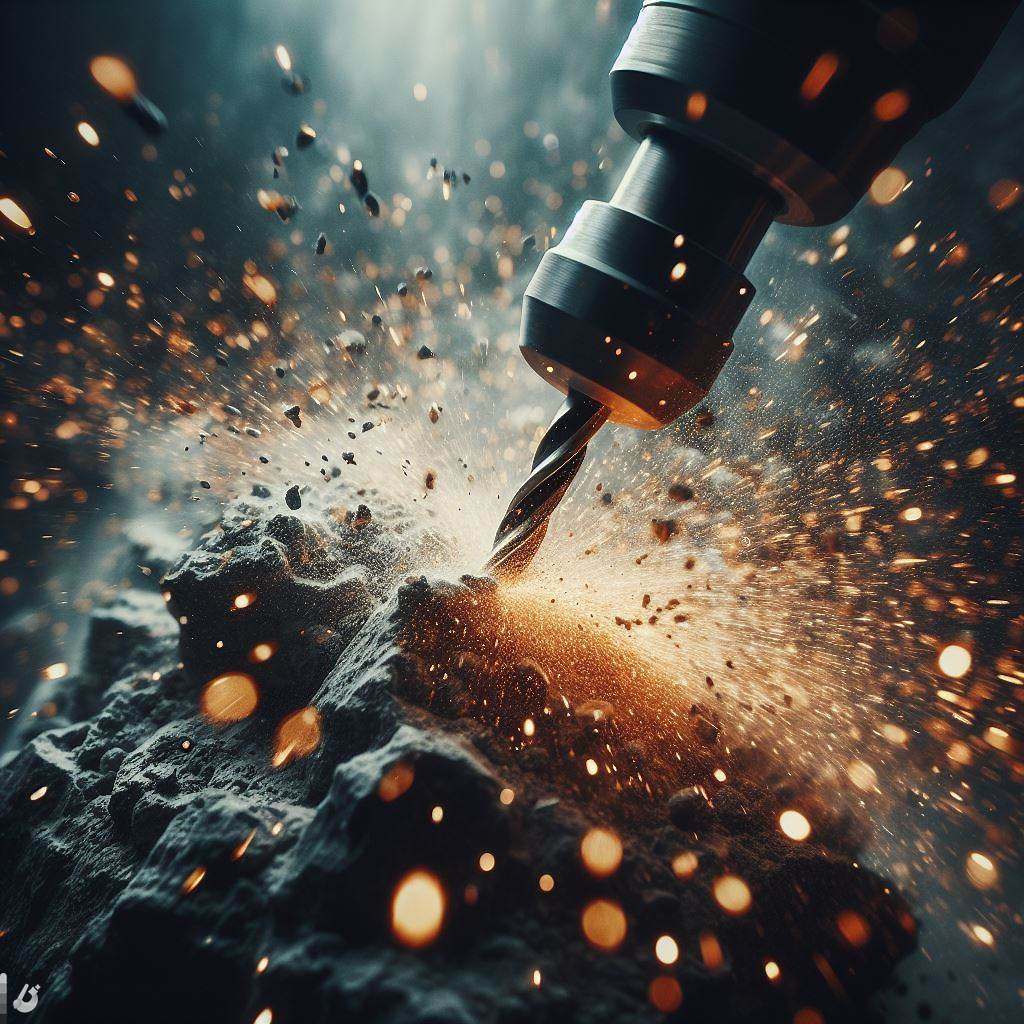Rock grinding, a crucial process in the excavation industry, transforms challenging terrains into workable sites. This blog post delves into the essence of rock grinding, its applications in residential and commercial projects, and how it positively impacts ecological areas.
What is Rock Grinding?
Rock grinding is a specialized excavation process that involves breaking down large rocks into smaller pieces or shaping them for specific purposes. This is achieved using heavy-duty machinery like drum cutters and rotary grinders, which chip away at the rock with incredible precision. This technique is essential in areas where the terrain is predominantly rocky and needs modification for construction or landscaping.
When is Rock Grinding Used in Excavation?
Rock grinding plays a pivotal role in the excavation industry, particularly in preparing and modifying terrain for various projects.
This process is not just about reducing rock size but also about precision shaping of the landscape to meet specific construction or mining needs.
Types of Jobs Calling for Rock Grinding
In Construction
- Creating Level Foundations: For any construction project, having a level and stable foundation is crucial. In areas with rocky terrain, rock grinding is employed to flatten the ground, ensuring that it can adequately support the weight and structure of the building. This is especially important for large-scale structures like skyscrapers, where foundation integrity is paramount.
- Shaping Land to Match Architectural Designs: Modern architecture often calls for complex and unique landforms to complement the design of the structure. Rock grinding allows for the precise shaping of the landscape to align with these architectural visions. This might include carving out a specific area for a unique building feature or adjusting the slope of the land for aesthetic or functional purposes, such as drainage.
In Mining
- Facilitating Access to Ore: In the mining industry, rock grinding is essential for accessing ore bodies. The process involves grinding away the overlying rock to expose the ore beneath, making it more accessible for extraction. This is particularly important in open-pit mining where large areas of rock need to be removed to reach the ore.
- Aiding in Tunneling Efforts: When creating tunnels, whether for mining or infrastructure projects like subways, rock grinding helps in carving out the tunnel path. It allows for precise control over the tunnel dimensions and ensures the safety and stability of the tunnel structure by smoothly grinding through different layers of rock and soil.
In both construction and mining, rock grinding is not just about removing rock material; it’s about precision and control. The ability to shape the terrain with such accuracy makes it invaluable for projects that require meticulous attention to landscape and structural details. Furthermore, with advances in technology, rock grinding equipment has become more efficient and environmentally friendly, allowing for quicker project completion with minimal environmental disruption.
Benefits of Rock Grinding for Ecological Areas
Reduced Environmental Impact:
- Unlike more invasive excavation methods, rock grinding offers a more nuanced approach, significantly reducing the disturbance to nearby ecosystems.
Precision and Efficiency:
- This method allows for precise shaping and sizing of rocky terrains, thereby safeguarding adjacent natural areas and reducing the overall environmental footprint.
Debris Management:
- Rock grinding facilitates controlled debris management, preventing unwanted spread and impact on surrounding ecological zones.
Conclusion
Rock grinding, an indispensable technique in the excavation industry, offers precision, efficiency, and environmental sensitivity. It’s crucial in preparing and shaping terrain for both construction and mining projects. By enabling controlled alteration of the landscape, rock grinding ensures the integrity of foundations, complements architectural designs, and facilitates access to natural resources.
As technology evolves, so does the efficiency of rock grinding, making it a key player in sustainable excavation practices. Embracing such techniques is not just a matter of necessity but a commitment to environmental stewardship and innovative engineering.
Looking for a Excavation Company in Washington State? Indepth-ex has your back! Contact Dillion if you need help with your next excavation project.
Frequently Asked Questions (FAQs)
Rock grinding is a process used in excavation to break down large rocks into smaller pieces or to reshape them for specific construction or mining purposes.
In construction, rock grinding is essential for creating level foundations, especially in rocky terrains, and for shaping the land to match specific architectural designs.
Rock grinding aids mining operations by exposing ore bodies for easier extraction and facilitating tunneling efforts for both surface and underground mines.
Yes, rock grinding is often used in residential projects for foundation preparation and landscaping, especially in areas with challenging rocky terrains.
The process typically involves heavy-duty machinery like drum cutters, rotary grinders, and other specialized equipment designed for precision rock grinding.
Rock grinding can be more environmentally friendly than other excavation methods, as it allows for precise terrain alteration with minimal ecological disturbance and efficient debris management.
Advances in technology have made rock grinding more efficient and environmentally friendly, with machinery that is capable of more precise and controlled grinding, leading to quicker project completion with reduced environmental impact.
